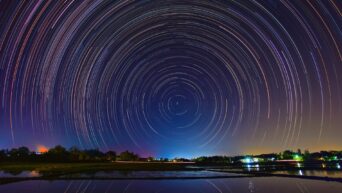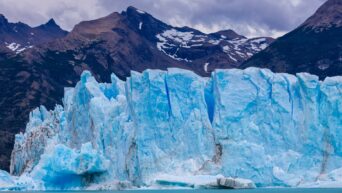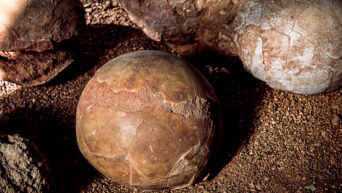Investigators believe that the dust is from a distant supernova from millions of years ago.
The dust caught the attention of investigators because it contained an iron isotope called iron-60, which is very rare on Earth and commonly released by supernovas. In their search, scientists analyzed more than 1,100 pounds of surface snow gathered from high regions of Antarctica. At that level, the snow would be clear of contamination from terrestrial dust.
The frozen snow was then sent to a lab in Munich, where it was melted and filtered out to isolate the dust particles that could contain traces of material from space. With the use of an accelerator mass spectrometer, they detected the rare iron-60 isotope.
Currently our solar system is passing through a large cloud of space dust called the Local Interstellar Cloud. Grains from this cloud found on Earth can reveal a tremendous amount of information about how the sun and its planets interact with the dust.
How did scientists know that iron-60 wasn’t produced on Earth? Because any traces of its infancy on Earth has been decayed. Iron-60 is also produced in nuclear reactors but the amount of the isotope that the reactors generate is insignificant and does not produce measurable qualities.
In previous years, iron-60 has only been found in deep-sea deposits or in rocks that took up originate in space. One of the researchers wrote, “By ruling out terrestrial and cosmogenic sources [shaped by cosmic rays], we conclude that we have found, for the first time, recent iron-60 with interstellar origin in Antarctica.”

































